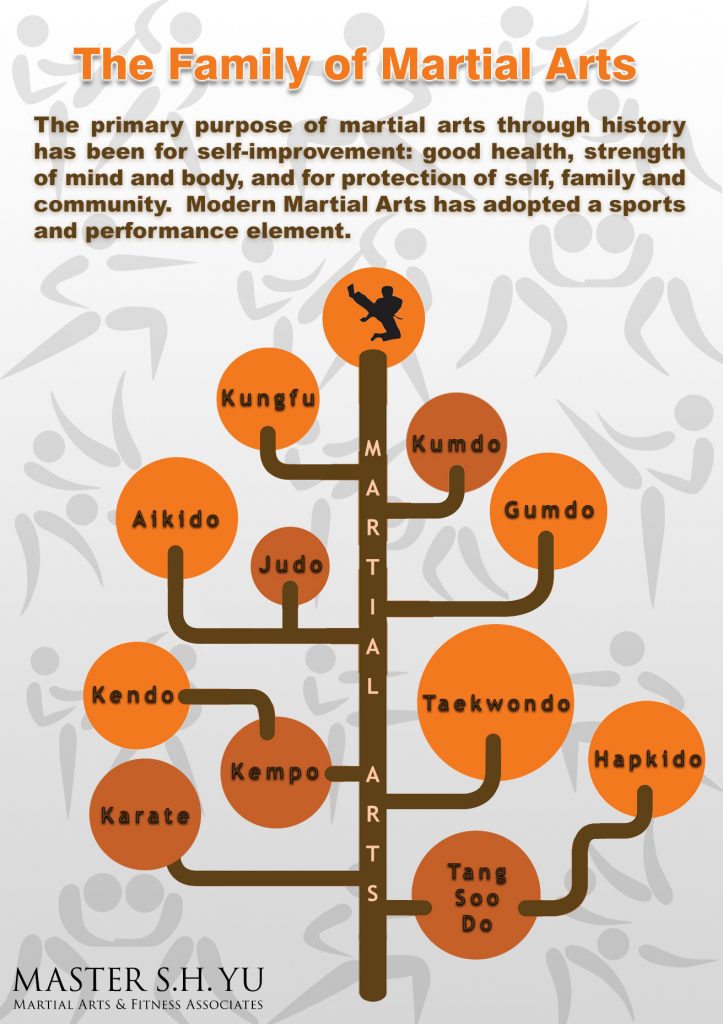Comprehending The Essential Differences In Between Standard Martial Arts And Modern Fight Sports
Comprehending The Essential Differences In Between Standard Martial Arts And Modern Fight Sports
Blog Article
Material Written By-Camp Rocha
When you think about martial arts, do you lean extra toward the conventional methods or the contemporary battle sports? Each path offers one-of-a-kind benefits and experiences, shaped by their philosophies and training approaches. Traditional martial arts highlight personal growth and self-control, while modern-day battle sporting activities concentrate on competition and efficiency. Understanding these differences can lead you in choosing the right strategy for your journey. But exactly how do please click the following web site materialize in training and philosophy?
The Philosophy and History Behind Standard Martial arts
While lots of people associate martial arts with physical battle, the approach and history behind typical martial arts run much deeper. You'll discover that these disciplines highlight individual growth, discipline, and regard.
Stemming from old methods, conventional martial arts were commonly developed for Self-Defense and spiritual advancement. They personify concepts such as equilibrium, consistency, and self-control, guiding professionals beyond plain fighting skills.
As you train, you'll not just learn strategies yet also get understandings into the culture and values that formed these arts. The rituals and practices, usually given with generations, cultivate a feeling of neighborhood and belonging.
The Affordable Nature of Modern Fight Sports
Modern fight sports have actually changed the landscape of martial arts into an extremely competitive arena, where athletes face off in a test of ability, approach, and endurance.
You'll notice that competitors are frequently organized with rigorous regulations and guidelines, making sure fair play and safety and security. These occasions attract big target markets, sustaining the excitement and intensity of matches.
https://martialartskidsarnisnearm11098.blog-ezine.com/35662414/the-scientific-research-of-self-defense-how-training-enhances-reflexes-and-awareness train rigorously, not just for physical expertise yet likewise for mental strength, understanding that every information counts in the ring. The adrenaline thrill during competitions is apparent, as fighters press their limits to claim victory.
Followers value the athleticism and virtuosity entailed, making contemporary fight sports a thrilling spectacle that continues to advance and captivate enthusiasts all over the world.
Training Approaches and Techniques: A Relative Analysis
The affordable ambience of modern battle sporting activities needs innovative training approaches that differ considerably from standard martial arts.
In modern training, you'll concentrate on specific techniques, competing, and conditioning, commonly using drills that replicate genuine fight circumstances. You'll see an emphasis on quantifiable efficiency and constant competitors to assess your skills.
On the other hand, standard martial arts focus on forms, katas, and philosophical trainings, often stressing technique and respect over competitors.
Training is generally less extreme and might include repetitive technique rather than real-time sparring.
While both techniques construct ability and fitness, contemporary fight sports give a much more dynamic and adaptable training atmosphere, preparing you for instant challenges in the ring or cage.
Choose the path that aligns with your goals and passions.
Conclusion
In choosing between conventional martial arts and modern fight sports, it really boils down to what you value a lot of. If you're trying to find personal growth, self-control, and a sense of neighborhood, traditional arts could be your ideal fit. However if martial arts for over 60 thrive on competitors and real-time challenges, modern-day combat sporting activities could be the way to go. Inevitably, both paths provide distinct advantages, so it's everything about aligning your training with your personal objectives and interests.
